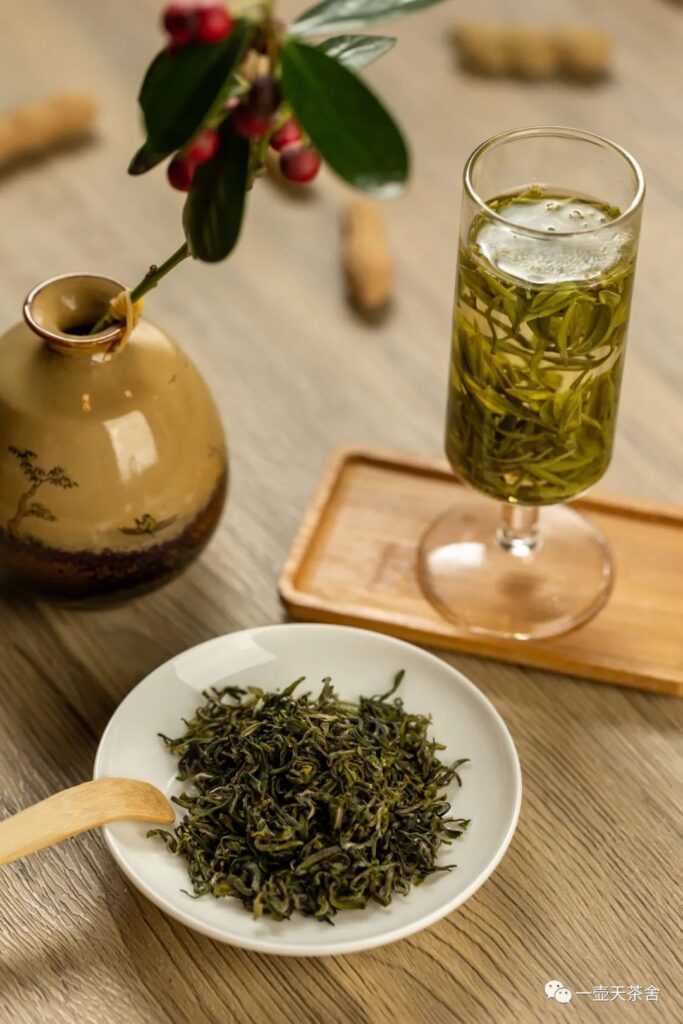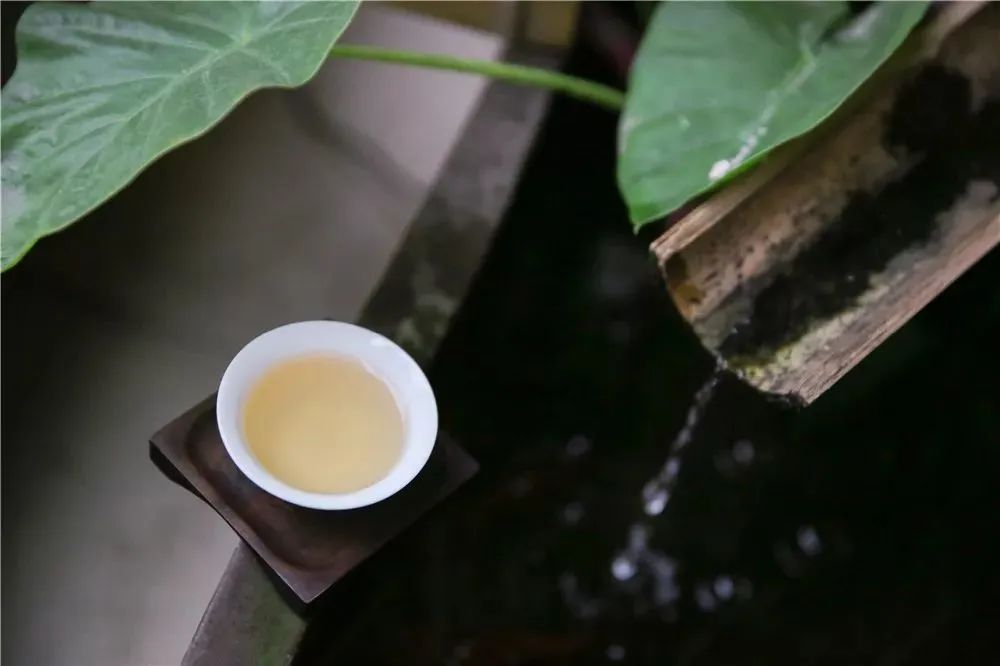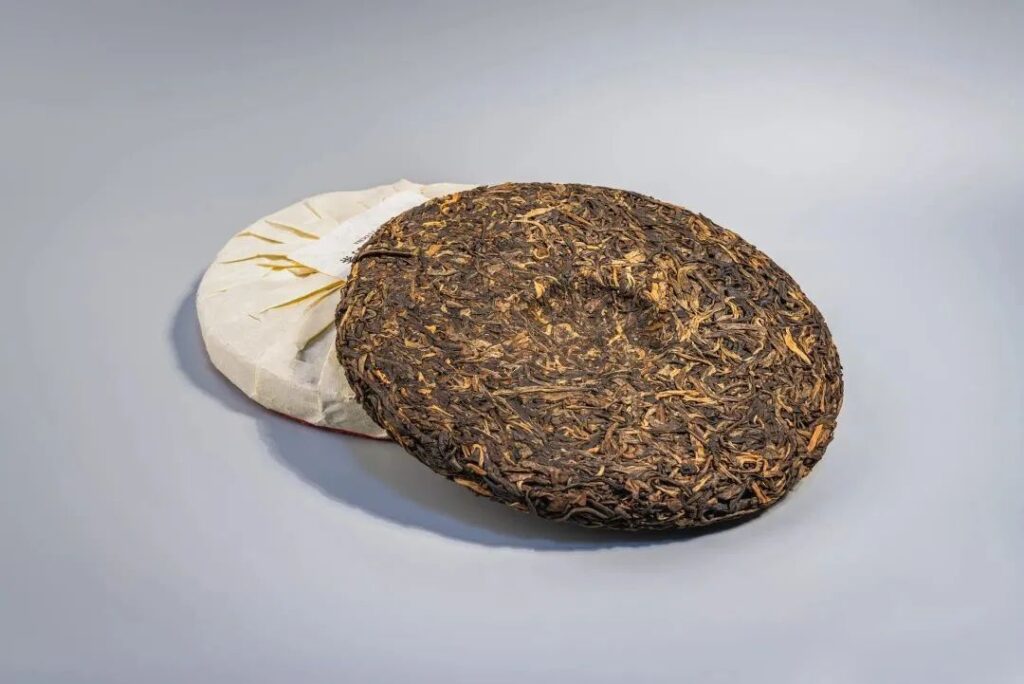As the New Year approaches, I visited my uncle’s house yesterday and noticed that he had a lot of tea, but the storage methods were incorrect. The green tea had oxidized, losing its fresh aroma; the black tea had absorbed odors due to poor sealing. To help everyone store tea properly in daily life, I’m here to share some knowledge about tea storage. Let’s understand the three main characteristics of tea:
1. Adsorption: Tea contains substances like palmitic acid and terpenes, along with a porous structure, which gives it the characteristic of absorbing odors.
2. Hygroscopicity: Tea contains many hydrophilic components and is a loose, porous material, making it easily absorb moisture and gases from the air. Therefore, tea has a strong hygroscopic nature.
3. Aging: Tea undergoes oxidation. Many factors can accelerate the aging of tea, such as loose packaging, long-term exposure to air, or sun exposure.
Understanding these characteristics allows us to address them accordingly. First, considering its adsorption trait, ensure that the tea storage environment is clean, tidy, and odor-free. If the tea is not intended to be consumed soon, do not open it; if opened, make sure to seal it tightly. Different types of tea should also be stored separately to prevent cross-contamination of flavors.
Second, considering its hygroscopic trait, tea should be stored in a dry and ventilated place. Since tea has a low water content, it is prone to absorbing moisture from the air, especially during humid conditions. On rainy days, it is essential to store tea away from walls and the ground.
Lastly, considering its aging trait, tea should be stored away from light. Tea exposed to direct sunlight or artificial light can easily spoil, affecting its aroma, taste, and flavor, leading to what we commonly refer to as a ‘sunlight taste’. Therefore, using tin cans to store tea is recommended; if not available, iron cans, porcelain cans, or double-lid tin cans can also be used.
Which teas can be stored at room temperature, and which require refrigeration?
1. Green and yellow teas require low-temperature storage for short periods and should be consumed soon. They can be stored in the refrigerator with the temperature set around 0-5 degrees Celsius. Unopened tea intended for storage over a year should be placed in the freezer.
2. Oolong tea (qing tea) storage is divided into two types: (1) Lightly fermented: Tea leaves that are greenish after the oolong tea new process, such as light aroma Tie Guan Yin, Wen Shan Bao Zhong, and Dong Ding Oolong, should be stored in the refrigerator. (2) Moderately and heavily fermented: Tea leaves that are dark brown, such as Feng Huang Dancong, rock tea, strong aroma Tie Guan Yin, and Taiwan’s Oriental Beauty, can be stored at room temperature.
3. Other types of tea, such as white tea, black tea, and dark tea, can all be stored at room temperature.
In summary, the principles of tea storage are as follows: First, keep it dry to prevent the tea from becoming damp; second, avoid light exposure, as direct sunlight can cause the tea to deteriorate; third, seal it to isolate it from air oxidation and to prevent the tea from absorbing odors. Tea enthusiasts from Yi Hu Tian, have you understood these principles?



